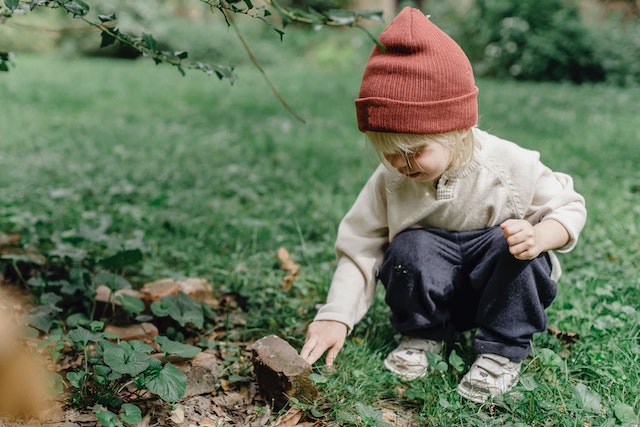Experiences and activities influence a child’s education. During childhood, children need to explore their world and experience various emotions. The activities and experiences necessary for a child’s development include exploring different professions, making art, and learning about nature. These activities and experiences should be planned for the child’s age and interests, and talents.
Exploring nature
Exploring nature is a fantastic activity for children of any age. You can take a field trip to a museum or arboretum or take a walk in your local park. Children can also experience nature through unstructured environments, such as reading books about native plants and animals or making leaf rubbings. There are also many opportunities to connect with nature online through downloadable resources, such as videos and coloring pages.
Exploring nature is essential for children’s cognitive and physical development. Exposing children to natural settings helps them develop an appreciation for the environment, which can encourage them to label and describe objects. It also allows young children to form lasting connections with nature. When school is out, you might want to enrol your child in one of the summer camps in Glen Burnie, MD, or a summer camp local to you, so that they can continue exploring and loving nature.
Making art with your child
Creating art with your child is a great way to engage with your child on a deeper level. It helps them express themselves more honestly than they could ever say with words. Art is a form of communication that does not need words, so it makes sense that every child should get plenty of practice. Creative activities at Severna park children’s center encourage children to participate in the process without trying to dictate the outcome. The key is to create the right environment and follow their lead. To boost your child to engage in the activity, try presenting interesting materials for them to use.
Research shows that children who regularly participate in arts and crafts activities are four times more likely to have good grades in school. Art activities are excellent for building fine motor skills and developing creative problem-solving skills. For example, cutting and gluing paper will help your child build agility and coordination, while finger painting and threading beads will help develop their visual-spatial skills.
Learning about emotions
Emotions are an important part of our daily lives. As children grow and develop, they will need a variety of experiences and activities to learn about their feelings. Play with your child and act out what they are feeling! Here are some ways to get started with learning about emotions.
You can use a clip chart to help your child identify their emotions. The child places the clip in the correct space to symbolize their feelings. Another activity is to play games that teach children about different emotions. Some engaging games include emoji card games, board games, and matching games.
Developing fine motor skills
Developing fine motor skills early is a critical process that helps develop hand-eye coordination and helps a child develop a strong foundation for future learning. These skills are essential for children to develop independence in various areas, from dressing and eating to writing. Children need repeated experiences and opportunities to experiment with small tools to build these skills. They also benefit from feedback and guidance from adults to become more proficient and confident with their new skills.
Developing fine motor skills early means creating a positive environment for learning. Developing hand-eye coordination can lead to an increased sense of independence, self-confidence, and artistic expression. It can also help shy or reserved children to express themselves. They can communicate their feelings through their drawings and paintings as well as through words.
Learning about math concepts
Early mathematical learning begins with activities that engage children’s interests. For example, toddlers can explore the concepts of counting and measuring as they play with cars, dinosaurs, or puzzles. They can also explore the relationship between numbers and shapes by counting the items they see. These activities provide the necessary language and experience for children to understand math concepts.
The foundation of many mathematical concepts lies in a basic understanding of space. Teaching children how to recognize and understand shapes and spatial relationships can help them develop an understanding of these concepts while also improving their language and communication skills.




